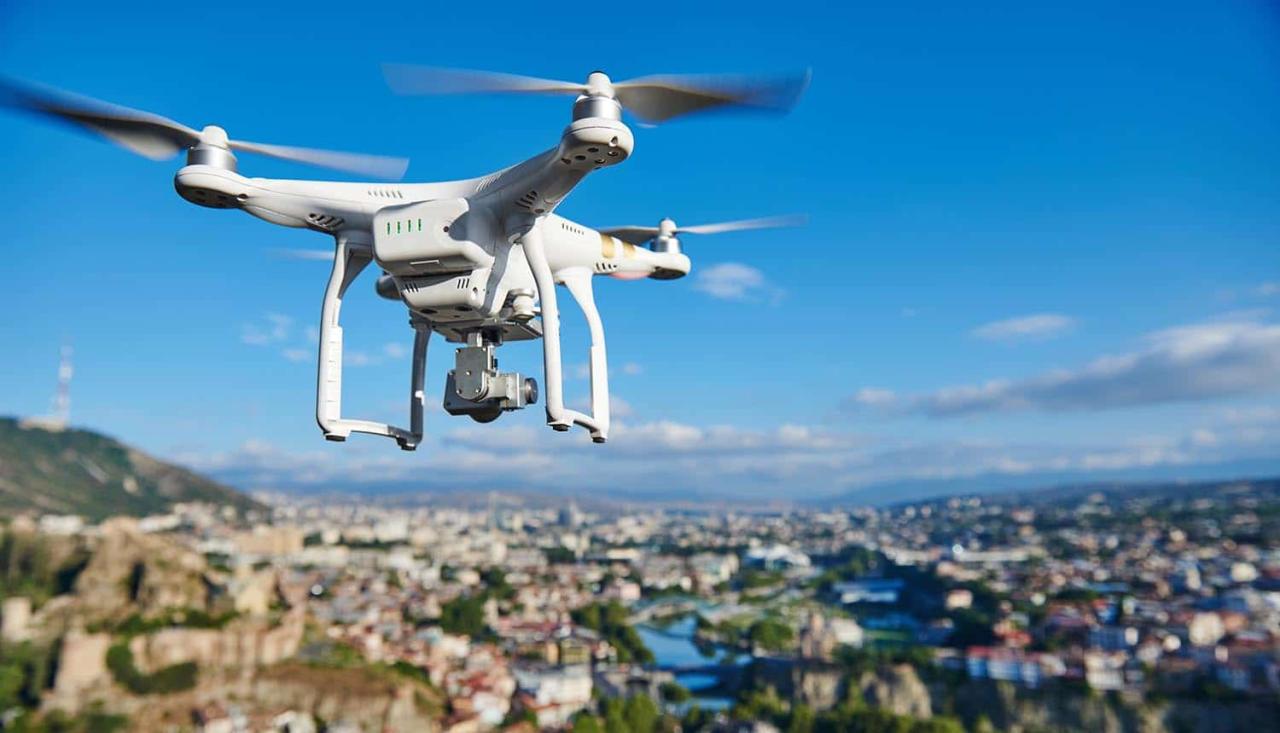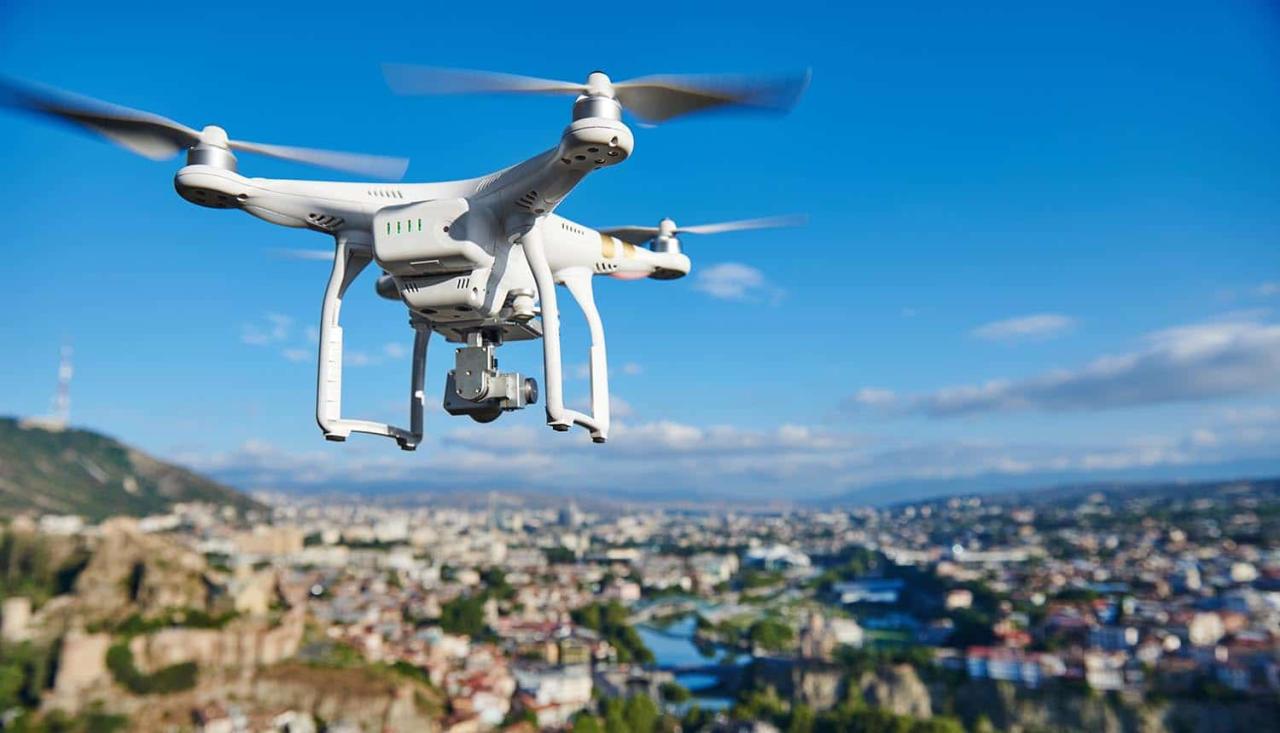Sky elements drones are revolutionizing atmospheric research, offering unprecedented access to data previously difficult or impossible to obtain. These unmanned aerial vehicles (UAVs), equipped with a suite of advanced sensors, are transforming our understanding of weather patterns, pollution dispersal, and climate change. This exploration delves into the technological advancements, practical applications, and regulatory considerations surrounding the use of drones in atmospheric science.
From mapping cloud formations and monitoring wildfire smoke plumes to analyzing air quality in real-time, drones provide a flexible and cost-effective solution for gathering crucial atmospheric data. This technology not only enhances our ability to predict weather events but also aids in environmental monitoring and conservation efforts, contributing to a more comprehensive understanding of our planet’s atmosphere.
The integration of drones into atmospheric research represents a significant leap forward in our capacity to understand and respond to atmospheric phenomena. As drone technology continues to advance, offering longer flight times, improved sensor capabilities, and sophisticated AI-powered data analysis, the potential applications in environmental monitoring, climate change research, and weather forecasting are immense. The future of atmospheric science is undeniably linked to the innovative capabilities of sky elements drones.
Sky elements drones are increasingly utilized for high-altitude photography and videography, offering unique perspectives previously unattainable. The remarkable clarity achieved is exemplified by projects like the breathtaking imagery captured by the cobequid pass camera , showcasing the capabilities of advanced drone technology in capturing stunning landscapes. This demonstrates the potential of sky elements drones for various applications beyond simple aerial photography.
FAQ Explained: Sky Elements Drones

What types of sensors are commonly used on atmospheric drones?
Common sensors include temperature, humidity, pressure, wind speed, and gas sensors (for pollution monitoring). More specialized sensors, such as lidar and hyperspectral imagers, are also used for specific research applications.
What are the limitations of using drones for atmospheric research?
Sky Elements Drones specializes in crafting breathtaking aerial displays, utilizing cutting-edge technology for unparalleled precision. However, even with meticulous planning, accidents can occur, as highlighted by a recent incident detailed in this report on a drone show accident. Understanding such events is crucial for continuous improvement in drone safety protocols, a key focus for Sky Elements Drones as we strive for flawless performances.
Limitations include battery life (limiting flight time), weather dependency (wind, rain, etc.), and regulatory restrictions on airspace access. Data processing and analysis can also be computationally intensive.
Sky elements drones offer a versatile platform for aerial photography and data acquisition, particularly useful in challenging environments. For instance, assessing the durability of infrastructure like the one shown in the impressive images from the cobequid pass camera could benefit greatly from drone technology. This allows for detailed inspection and precise data gathering, ultimately enhancing safety and efficiency in sky elements drone operations.
How is drone data used to improve weather forecasting?
Drone data provides high-resolution, real-time information on atmospheric conditions, supplementing traditional data sources. This improved spatial and temporal resolution leads to more accurate weather models and predictions.
What safety measures are crucial when operating atmospheric drones?
Safety measures include pre-flight checks, adherence to airspace regulations, visual observers, emergency procedures, and appropriate pilot training. Understanding weather conditions and potential hazards is also paramount.
